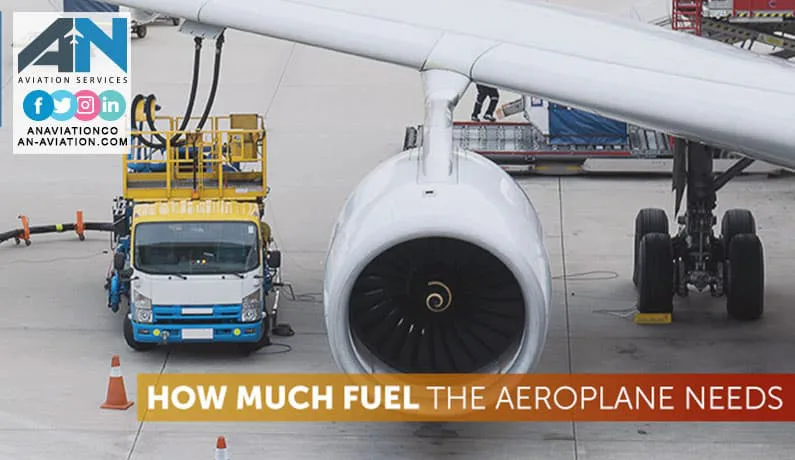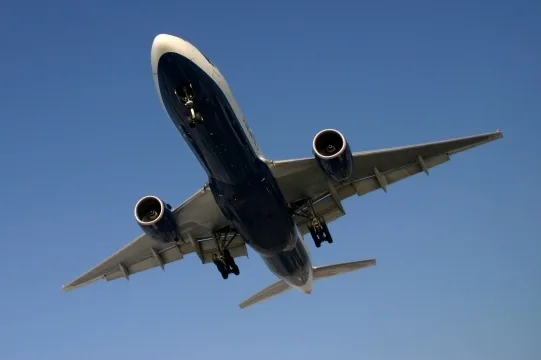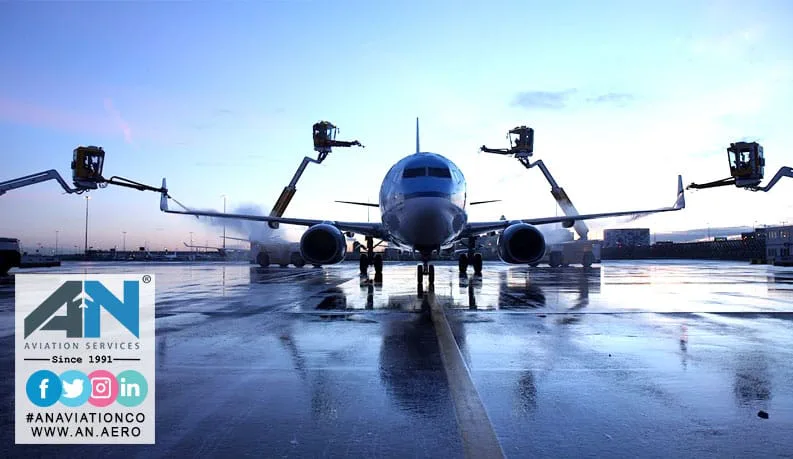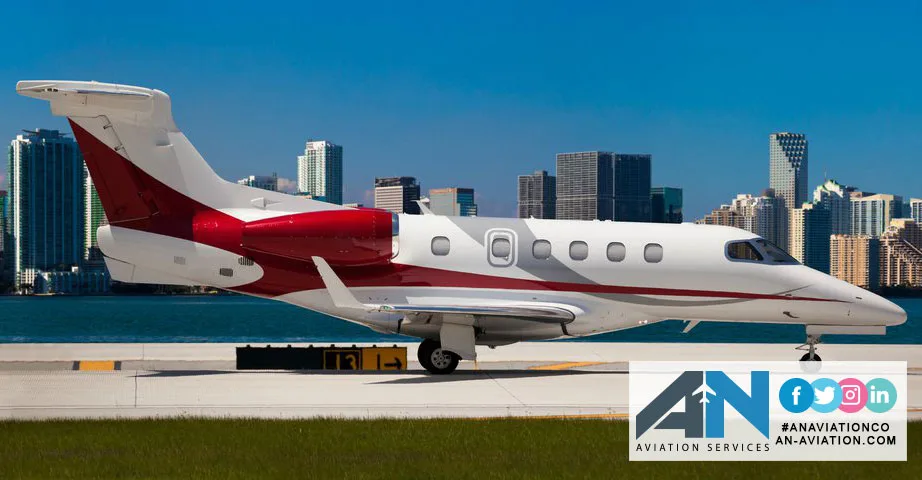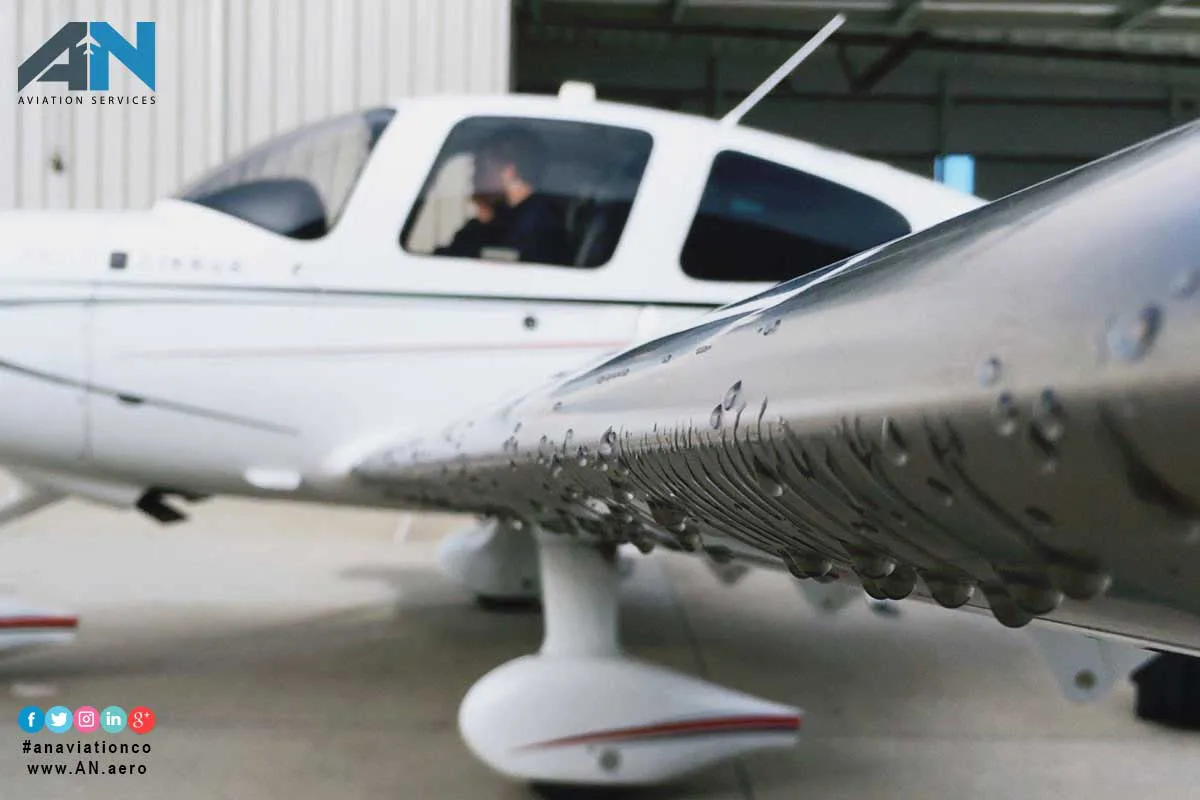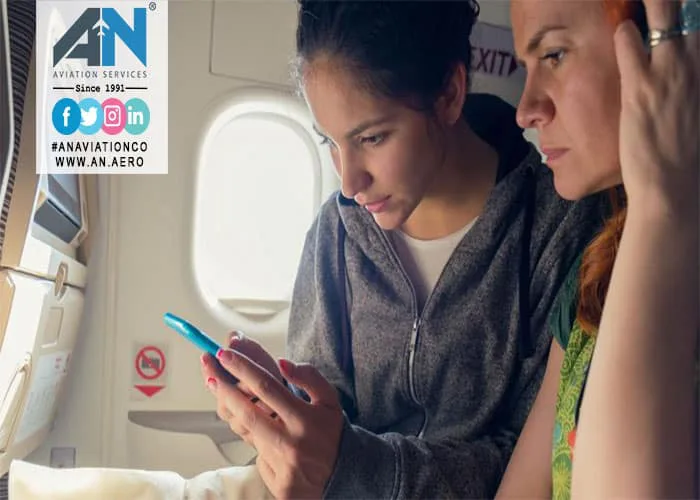
In an exciting leap forward for the aviation industry, the International Air Transport Association (IATA) has launched RampVR, the world’s first virtual reality training platform designed specifically for ground operations. This innovative tool uses cutting-edge VR technology to provide immersive, hands-on training, complementing traditional classroom methods and revolutionizing how ground personnel prepare for the complexities of their work.
By simulating real-world conditions—such as aircraft turnaround inspections, variable weather conditions, and high-pressure environments—IATA’s RampVR equips ground handlers with the skills they need to ensure safe, efficient, and seamless ground operations at international airports. Let’s explore the features of this groundbreaking platform, its benefits, and its potential to reshape aviation training.
Why Ground Operations Training Matters?
Ground operations are the backbone of air travel, ensuring that planes are serviced, inspected, and ready to take off safely and on time. These tasks include everything from baggage handling and aircraft refueling to marshaling and aircraft turnaround inspections. Given the complexities involved and the high stakes for safety and efficiency, proper training for ground handlers is essential.
However, traditional training methods often rely heavily on classroom instruction, which can struggle to replicate the high-pressure, real-life scenarios that ground personnel face. This is where RampVR steps in as a game-changer, providing trainees with a dynamic learning environment that mirrors the challenges they’ll encounter on the job.
What Is RampVR?
RampVR is a virtual reality training platform developed by the International Air Transport Association (IATA). As part of its commitment to innovation in aviation, IATA created this tool to enhance ground operations training and improve safety standards globally.
The platform combines advanced VR simulations with comprehensive training modules, allowing users to interact with virtual aircraft and airport environments. Unlike traditional methods, which rely on textbooks and static presentations, RampVR offers trainees a fully immersive experience, enabling them to learn by doing.
Features of RampVR
Immersive Realism:
One of the standout features of RampVR is its ability to recreate realistic airport environments and scenarios. Trainees can navigate an interactive virtual ramp area, perform inspections, and even adapt to simulated weather conditions, such as rain or snow.
Aircraft Turnaround Inspections:
A key focus of the platform is on aircraft turnaround inspections, a critical part of ensuring that flights operate safely and on schedule. RampVR allows trainees to practice identifying potential hazards, such as foreign object debris, and to complete their inspections within the tight timelines typical of real-world operations.
Adaptability for Different Roles:
RampVR is designed to cater to various roles within ground operations, including baggage handlers, aircraft inspectors, and ramp agents. The flexibility of the platform ensures that personnel across different functions receive training tailored to their specific needs.
Complementing Classroom Training
While RampVR is a groundbreaking innovation, it doesn’t aim to replace traditional classroom training. Instead, it serves as a powerful complement, bridging the gap between theoretical knowledge and practical application. By combining classroom learning with VR simulations, trainees gain a deeper understanding of the material and build confidence in their ability to perform tasks under pressure.
This blended approach ensures that trainees not only understand the procedures and protocols but also develop the muscle memory and situational awareness needed to excel in real-life scenarios.
Benefits of RampVR for Ground Operations
Enhanced Safety:
By providing realistic training in a controlled environment, RampVR helps reduce errors during actual ground operations. Trainees can practice handling high-risk scenarios, such as adverse weather conditions, without endangering themselves or others.
Improved Efficiency:
Ground operations are time-sensitive, with every second counting during the aircraft turnaround process. RampVR trains personnel to work efficiently and accurately, minimizing delays and ensuring that flights depart on schedule.
Cost-Effective Training:
Traditional on-the-job training can be costly, requiring access to operational airport ramps and live aircraft. By shifting a significant portion of the training to a virtual environment, airlines and airports can reduce costs while still delivering high-quality education.
Global Standardization:
As a product of IATA, RampVR aligns with international standards for ground operations. This ensures consistency in training quality across different airports and airlines, enhancing safety and efficiency worldwide.
Technological Solutions Shaping the Aviation Industry
The launch of IATA’s RampVR highlights the growing role of technological solutions in addressing challenges within the aviation sector. From virtual reality and artificial intelligence to real-time data analytics, innovations are transforming every aspect of air travel, from ground operations to passenger experience.
By leveraging these tools, the aviation industry is better equipped to handle increasing passenger loads, tighter schedules, and higher safety standards. As the demand for air travel grows, platforms like RampVR will be crucial in preparing the next generation of ground personnel to meet these challenges head-on.
The Future of Ground Operations Training
IATA’s RampVR represents a significant step forward in how aviation professionals are trained, but it’s also part of a larger trend. As the industry continues to evolve, training methods must keep pace with the complexities of modern air travel. Virtual reality, augmented reality, and other immersive technologies are likely to play an increasingly important role in preparing personnel for their roles.
For airlines and airports, investing in tools like RampVR is more than just an upgrade—it’s a commitment to safety, efficiency, and excellence in ground operations. As more organizations adopt this innovative training platform, passengers and crew alike can look forward to a safer and smoother flying experience.
Conclusion
The launch of IATA’s RampVR marks a turning point in the training and development of ground handling professionals. By combining the latest virtual reality technology with a focus on real-world applications, this platform is setting new standards for safety, efficiency, and preparedness in ground operations.
Whether it’s conducting aircraft turnaround inspections under simulated weather conditions or practicing high-stakes decision-making, RampVR offers trainees an unparalleled opportunity to develop the skills they need to excel. As the aviation industry continues to embrace innovation, tools like this one are paving the way for a future that’s safer, smarter, and more connected than ever before.






